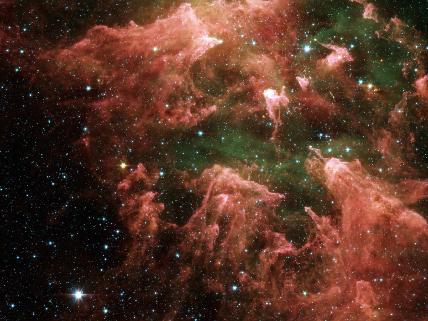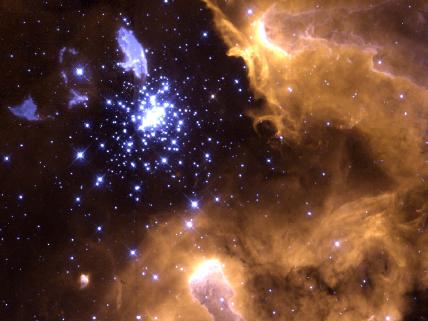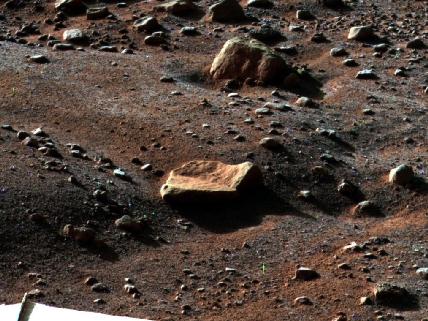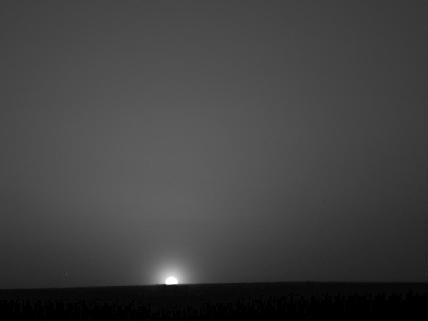
NASA Picture of the Day
"NASA's Hubble Space Telescope has found an answer to a long-standing puzzle by resolving giant but delicate filaments shaped by a strong magnetic field around the active galaxy NGC 1275. It is the most striking example of the influence of the immense tentacles of extragalactic magnetic fields, say researchers.
One of the closest giant elliptical galaxies, NGC 1275 hosts a supermassive black hole. Gas swirls near the black hole blowing bubbles of material into the surrounding galaxy cluster. Long gaseous filaments stretch out beyond the galaxy, into the multimillion-degree, X-ray-emitting gas that fills the cluster.
These filaments are the only visible-light manifestation of the intricate relationship between the central black hole and the surrounding cluster gas. They provide important clues about how giant black holes affect their surrounding environment.
Exploiting Hubble's view, a team of astronomers led by Andy Fabian from the University of Cambridge, UK, have for the first time resolved individual threads of gas that make up the filaments. The amount of gas contained in a typical thread is around one million times the mass of our own Sun. They are only 200 light-years wide, are often very straight, and extend for up to 20,000 light-years. The filaments form when cold gas from the core of the galaxy is dragged out in the wake of the rising bubbles blown by the black hole.
Astronomers have fought to understand how the delicate structures withstood the hostile, high-energy environment of the galaxy cluster for over 100 million years. They should have heated up, dispersed, and evaporated by now, or collapsed under their own gravity to form stars.
A new study published in the Aug. 21, 2008, issue of Nature magazine proposes that magnetic fields hold the charged gas in place and resist the forces that would distort the filaments. This skeletal structure is strong enough to resist gravitational collapse."
Image Credit: NASA, ESA, Hubble Heritage (STScI/AURA)-ESA/Hubble Collaboration




